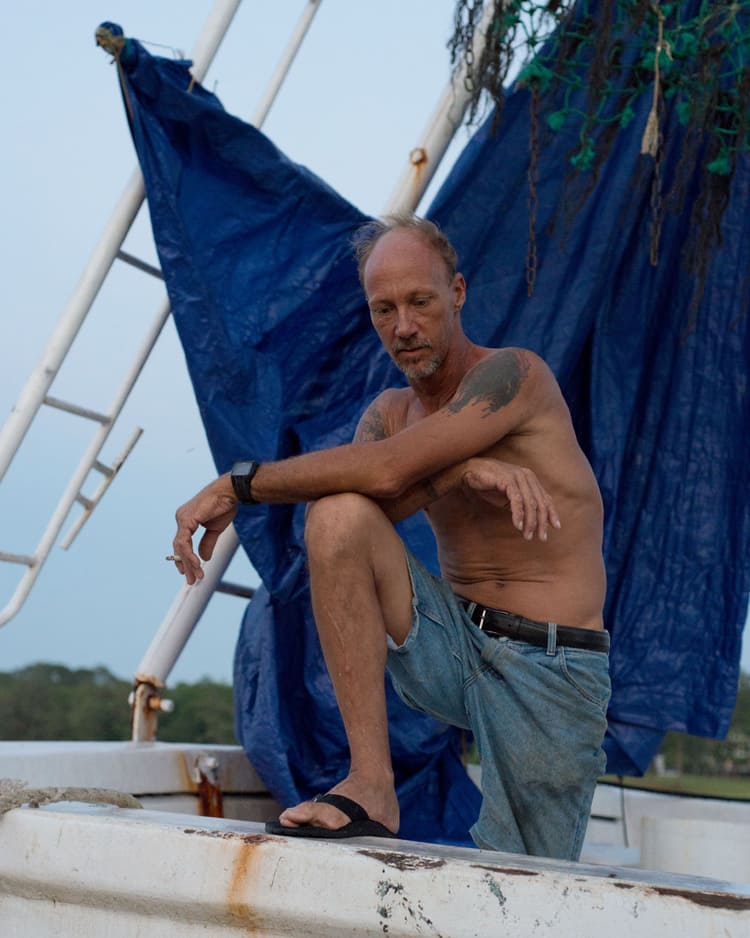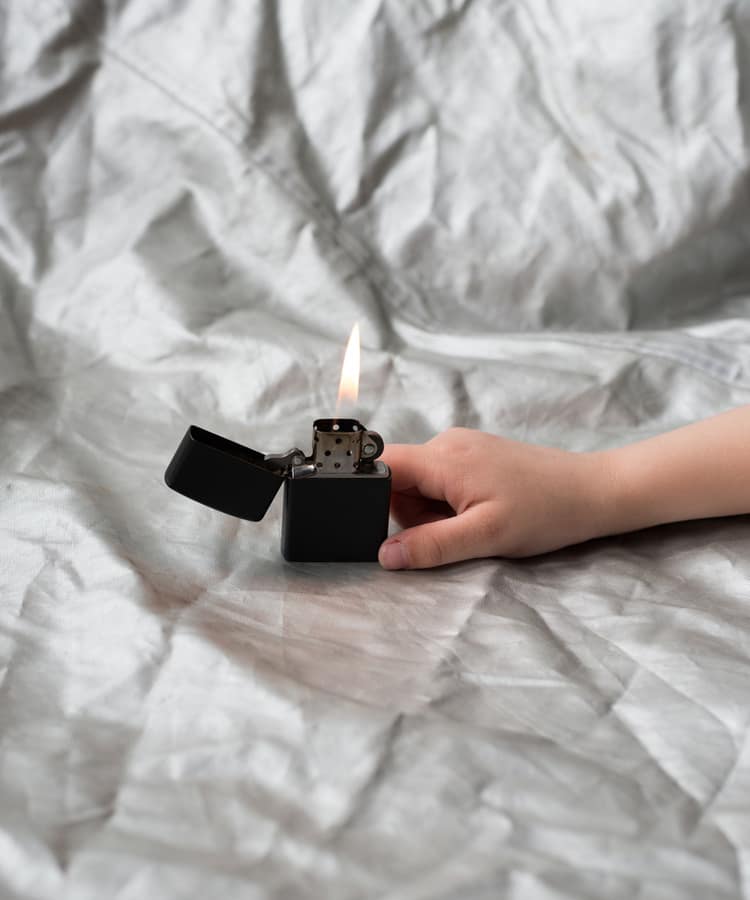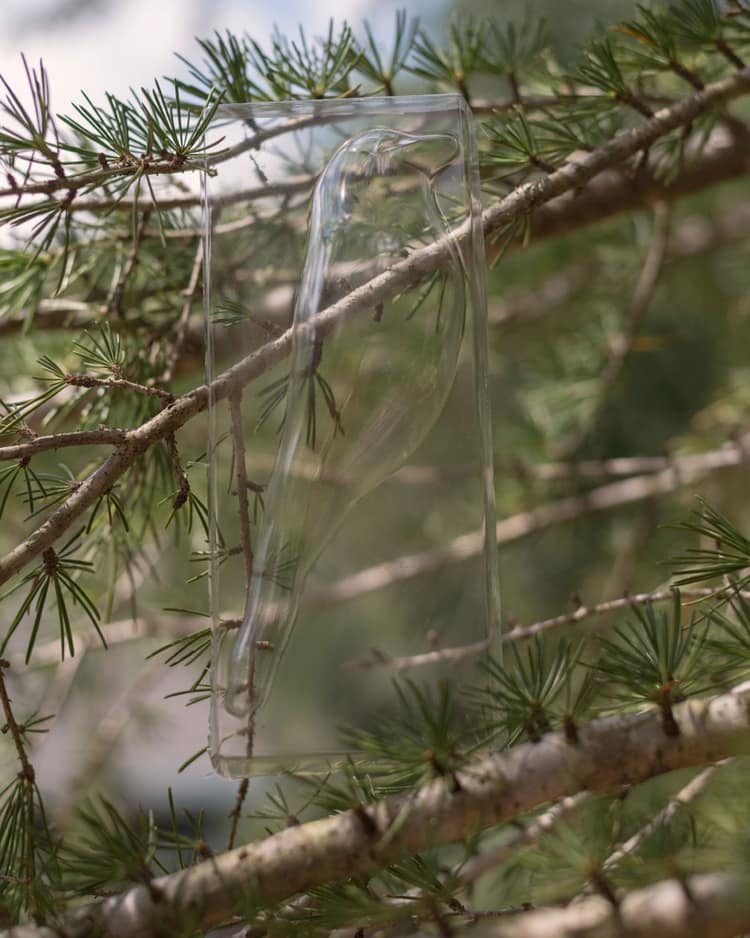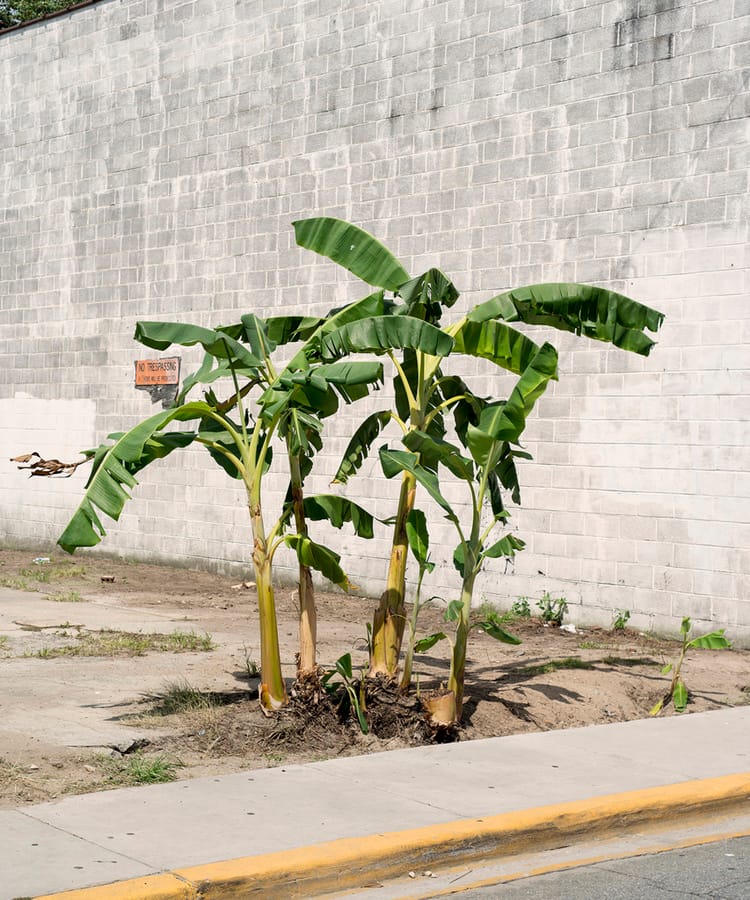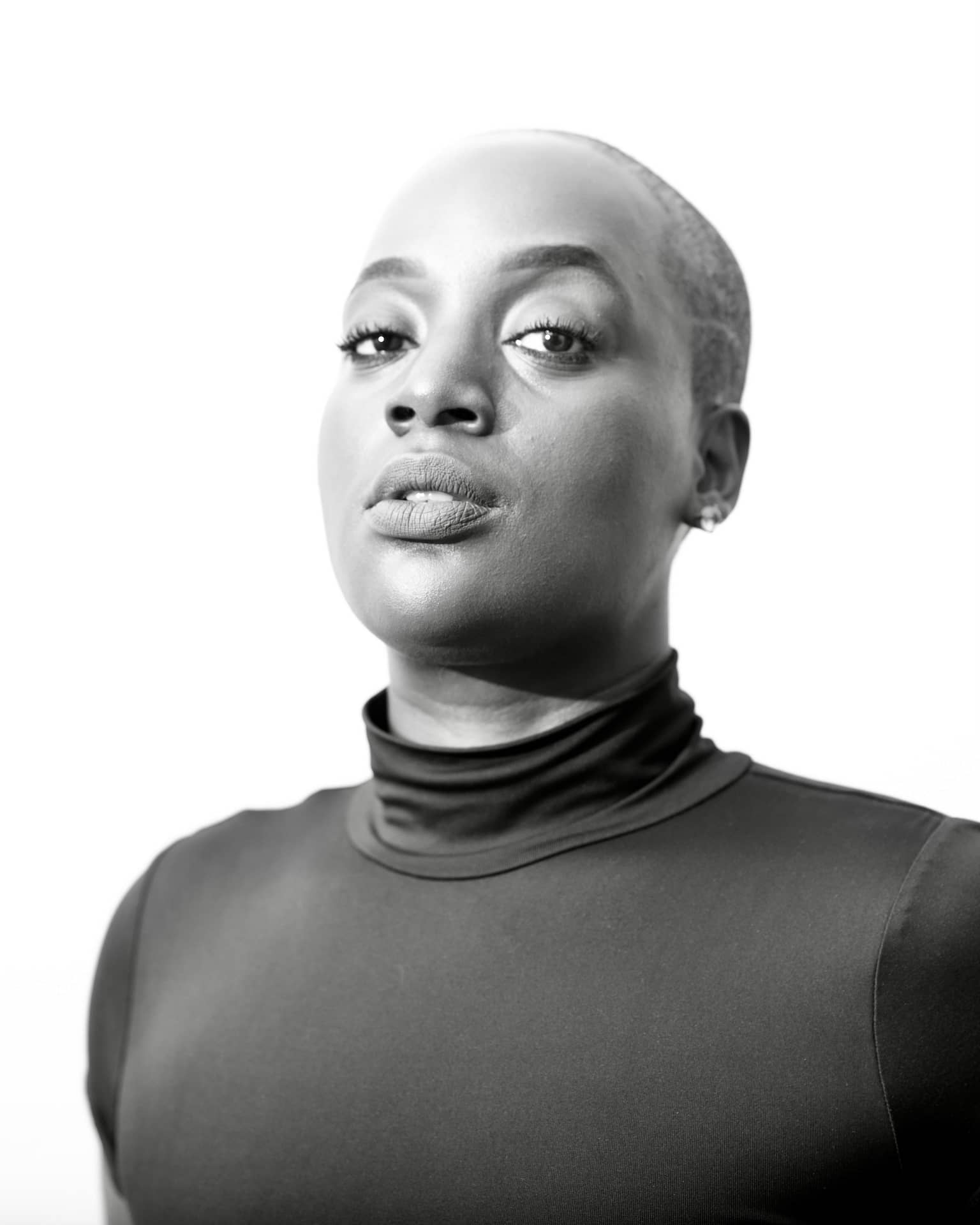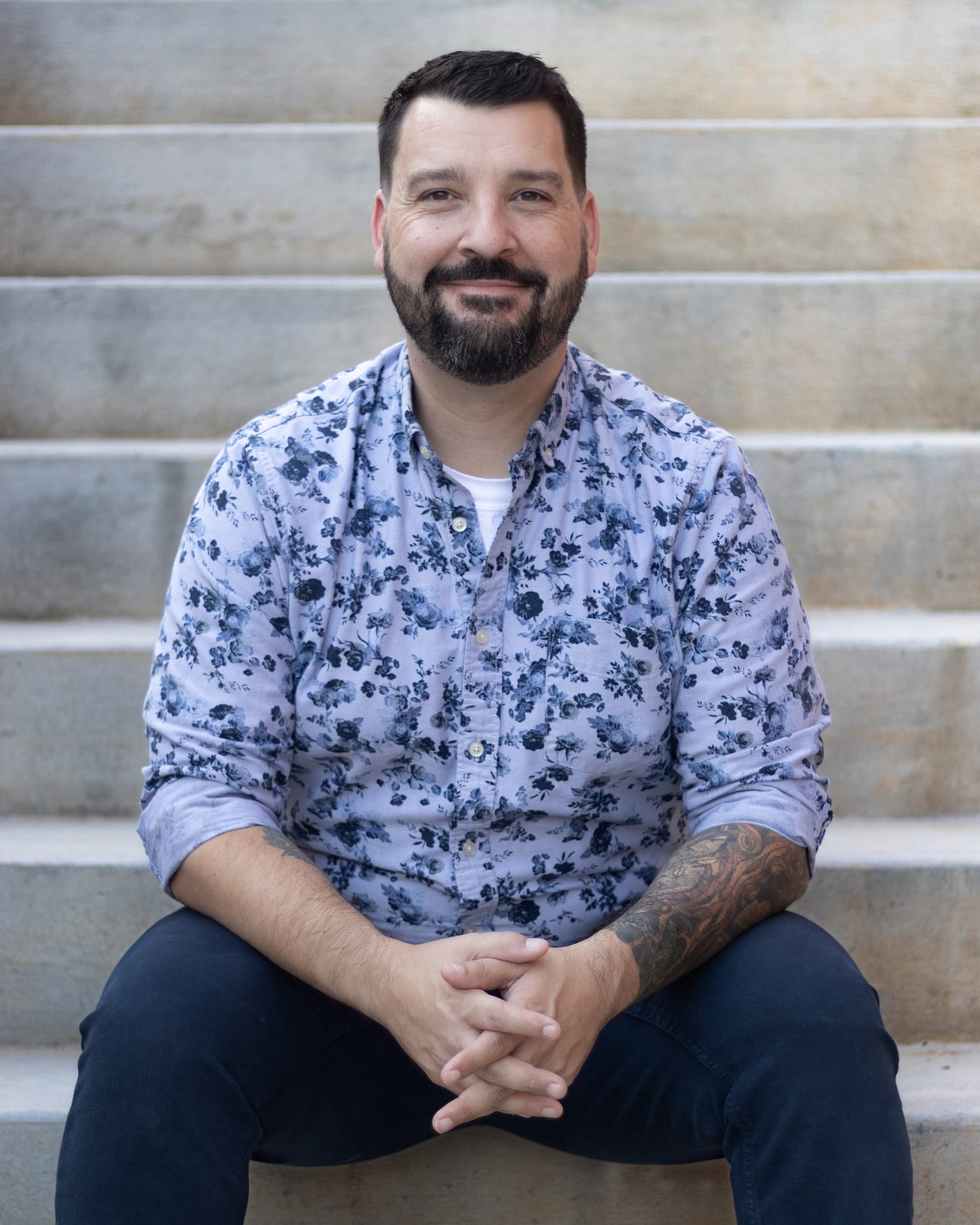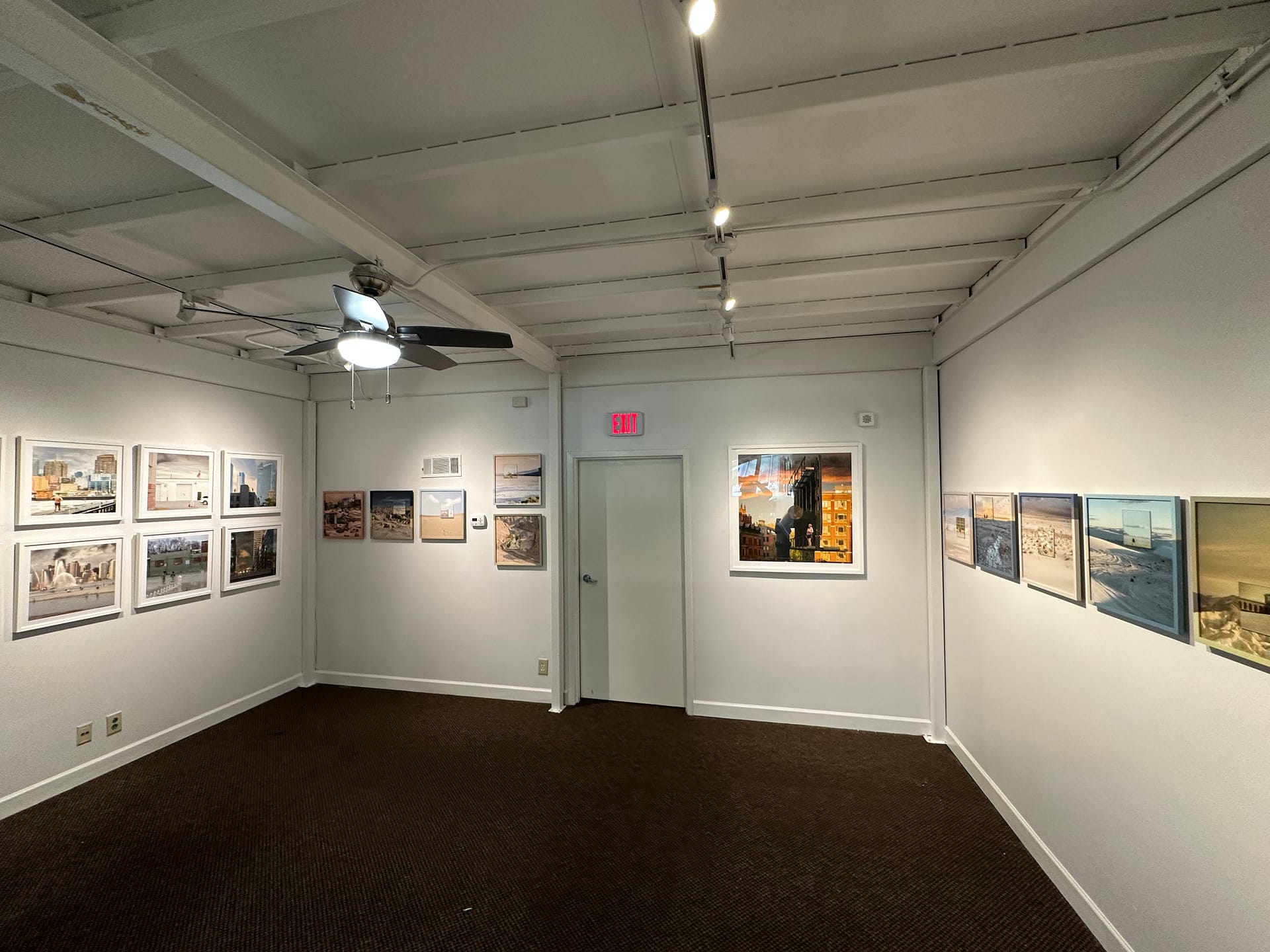Jack Deese was born in Hartwell, Georgia. When he was eight, his family moved to Milledgeville. He went to high school and one year of college there. Then he transferred to the University of Georgia, where he majored in Photography. After that he received his MFA at Georgia State University. Deese was chosen by a select jury as one of the four winners of APG’s inaugural Student Prize exhibition. His photographs are vivid, considered, and to the point.
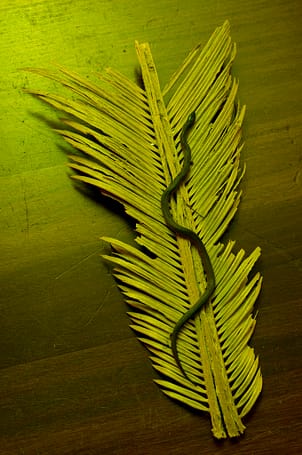
How did you first become interested in photography?
Almost entirely through family photos with an added mix of books and magazines. My mom took a lot of Polaroids and snaphsots when I was younger, and I always loved looking at them and collecting them. I used to look forward to getting the prints back from Wal-Mart and organizing them in the little blue album that you got with them. I didn’t really get interested in taking my own pictures until later on, and that really took off once I got to college.
Your series at APG is called How To Orient Yourself in the Wilderness, and you mention in your statement that the title alludes to certain conversations you’ve had with your daughter about life. Do you see your photography as a teaching tool? Are you making this work for her, or is it more just a creative jumping-off point?
I do not see my work as any sort of teaching tool. I’m not interested in any sort of reportage or documentary, although I do like to work in that style at times. How to Orient Yourself in the Wildernessactually began as a way for me to distance myself from documentary work that I had done in the past that left me unsatisfied. Conversations with my daughter were a starting point as I began to edit and pull together images I was making at the time. I don’t think there’s one way to interpret the work, or one sentence to encompass how the images read. For me, the title is as multi layered as the photographs themselves. I’m most interested in making images that are unproductive to a certain degree, more concerned with looking as their primary function.
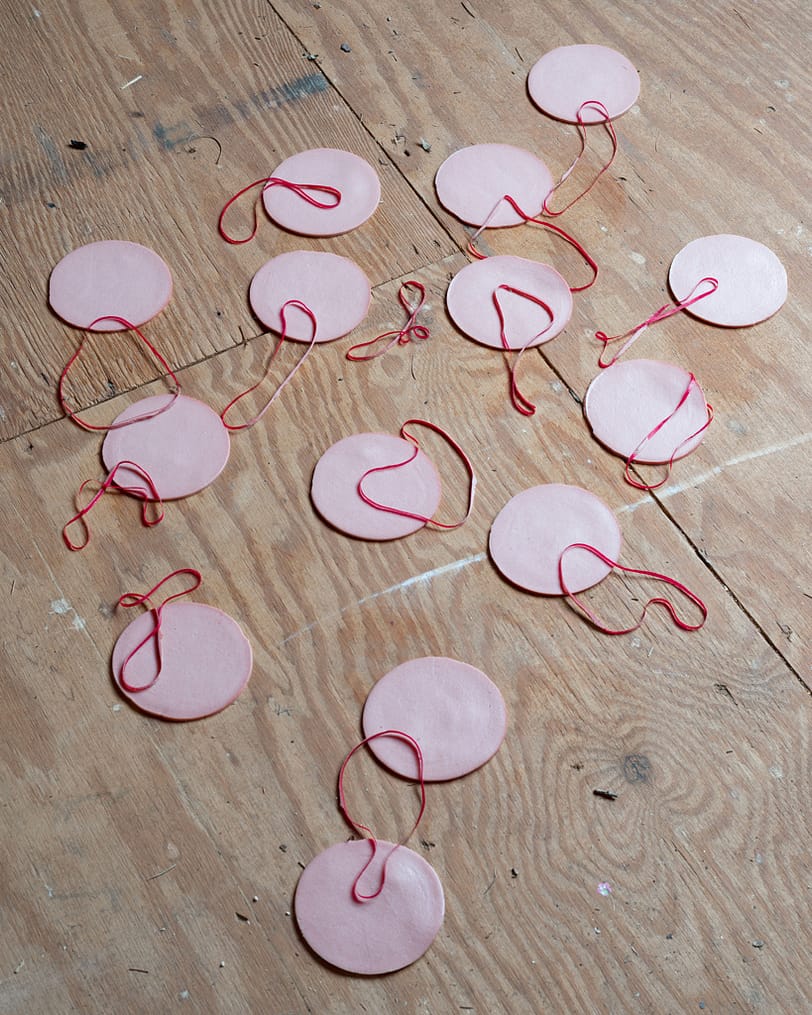
“Bologna On Floor”
How much of a role does humor play in your work?
Humor is a big influence for me, especially artists who can deploy it effectively, which isn’t many. I think making a humorous photograph can be difficult, and it’s not something I intentionally set out to do. I’m interested in images that could have a humorous reading, but it’s not important if that’s an initial reaction or something that becomes funny after you stare at it for a prolonged period.

“Yellow Window”
Is there an image in this series that you are most proud of? Why?
I would say “Yellow Window.” For me it best represents my process and the trust in editing. It was an image I made somewhat quickly and didn’t think much about. I made a work print, and didn’t think much of it until it got placed in the context of other photos and then it really started to work for me. There’s a lot going on in the image, some above the surface, some underneath, but it really encompasses a lot of the ideas I had about the series and distills it into one image.
Tell me a little bit about your process. Have you always used a certain type of camera, lens, or film? Do you spend more time in pre-production or post-production?
I typically stick to one camera for a single body of work, to keep the look consistent. I’m currently using a Nikon d800 with a 50mm lens. If I shoot film, it’s usually black and white, and I have a few different cameras for that. As for what I spend my time on, it’s close to a 50/50 split between the making and the editing. For me, the editing is just as important as the making. I do little to no post production work, usually just bringing the files in to Camera Raw or Lightroom to make minor tweaks, than making work prints as soon as possible. When I say editing, it’s about the shuffle of images and how they function on the wall or in the book together.
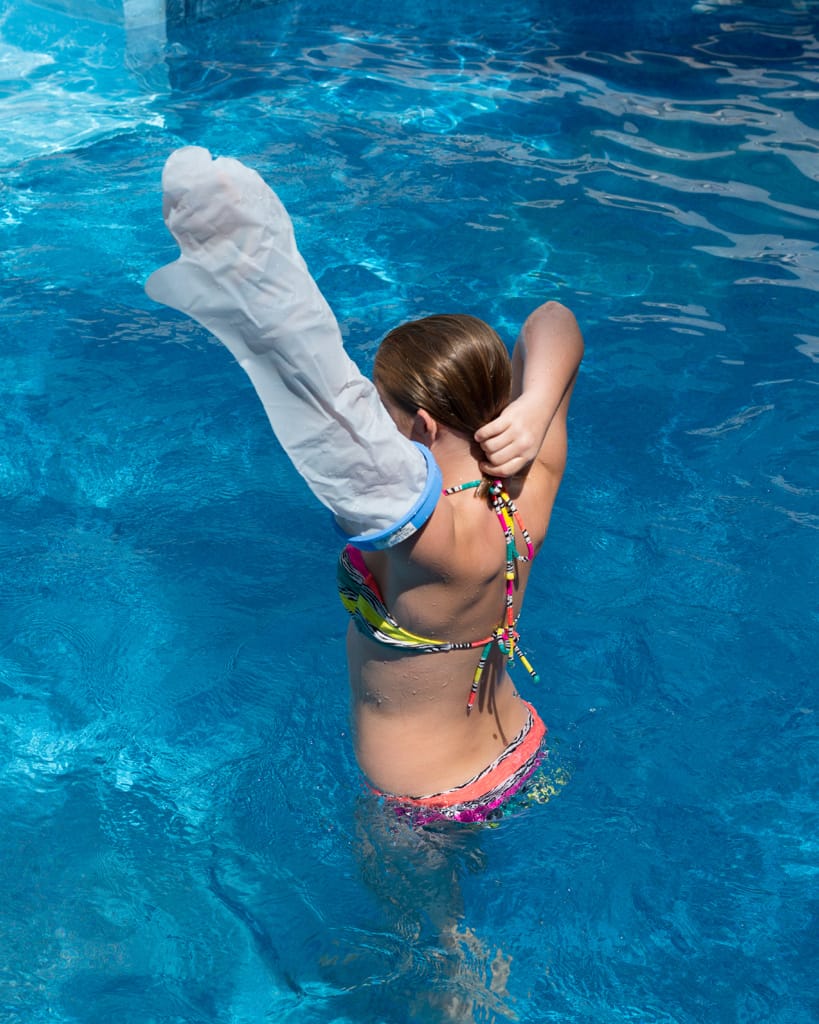
“Gracy’s Arm”
Is your work an ongoing project or will you look for new inspiration, new direction, for the next project/series?
There’s a Neil Young quote I’ve always been fond of, when someone commented that all his songs sounded similar, he replied, “It’s all one song.” The process for me now is the same as it’s been, to make images as often as possible, and see how they are working together and what comes out of that. I think of them as images as exploration of ideas, not illustrations of them. Currently, I’m trying to finish a few zines that I’ve been too busy to finish. Those should be finished soon and up on my website by the end of the summer. I do have a project that I’ve begun to work on, but it feels like it could be open ended and something that I will work on for a long time to come.
Name an artist you admire and why.
Ed Ruscha. For me, he is sort of the ultimate artist. He is prolific, he works across mediums, and he takes personal influences and distills it into work that seems to be about everything and nothing all at once. Going back to the humor question, he is the master of finding that balance of cleverness and absurdity to make work that is funny without being empty.

“Watermelon Slice”
What’s next for you, after school?
In the fall I’m teaching two classes at Auburn University. Past that, I’m just continuing to make work and apply for other teaching jobs. I’m also always looking for opportunities to do commissions or collaborations.
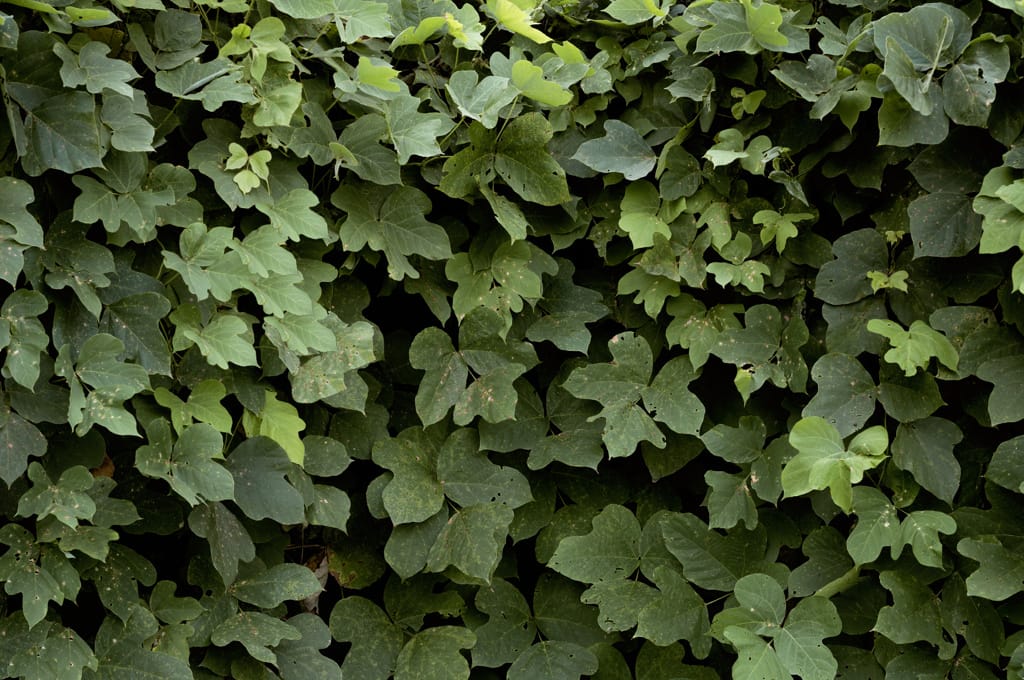
“Kudzu (close up)”
Where can people see your work?
My website is jackdeese.com, and I have a tumblr page where I post a mix of new and old images. And you can follow me on Instagram.

